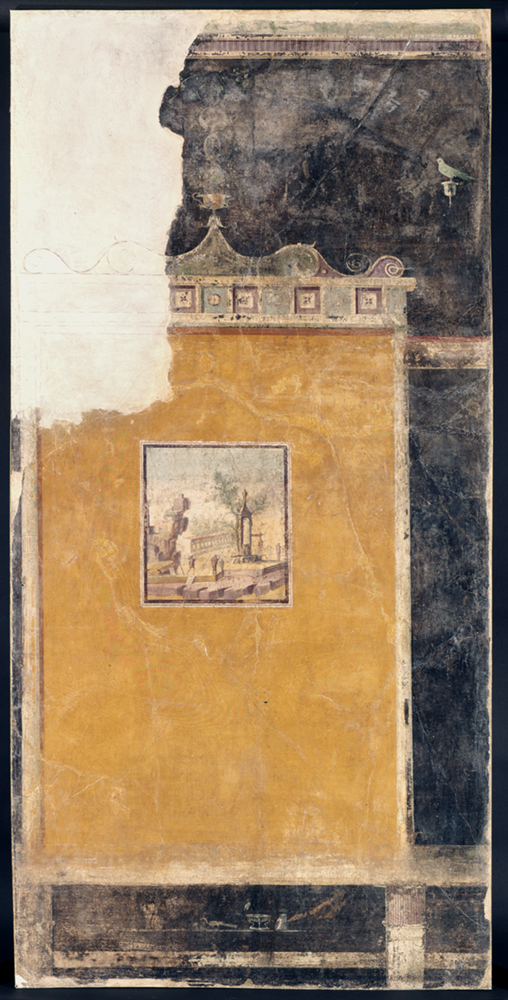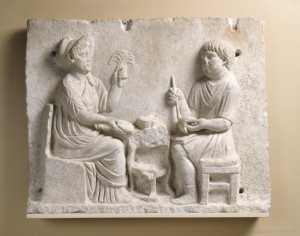“Remember, Roman, that by your lawful power you rule the world: these are your skills: to crown peace with justice, to spare the vanquished and to crush the proud.” –Virgil, Aeneid
The Romans did, indeed, rule much of the world. Their empire stretched from Mesopotamia to Morocco and from Scotland to Ethiopia; their trade routes extended as far as Indonesia. Roman art, especially outside of Italy, is complex and exhibits a range of different styles and influences. In the early periods (from the city’s mythical foundation as a monarchy in 753 BC until the end of the Roman Republic in 27 BC), both native Italic traditions (such as the art of the Etruscans) and Greek artistic traditions came together in Roman art. These two influences give Roman art much of its dynamism in both the Republican and Imperial periods (27 BC—A.D. 476), often in combination with elements from the local artistic practices of the provinces.
The Roman Empire contributed to the visual arts in at least five great areas: architecture, portraiture in bronze and marble, reliefs and paintings of mythical and historical subjects, carved marble sarcophagi, and copies of ancient Greek statuary, which preserved Greek developments in the art of sculpture. Through its political, economic, and spiritual messages, Roman sculpture served Roman society. In ancient Roman homes, complex schemes of painting—pure ornament and colorful mythologies—integrated art and architecture and foreshadowed modern sensibilities.
At the height of Rome’s power in the 2nd century, the arts were supported by wealthy individuals throughout the empire as well as by the emperor and his court. Both official and private buildings were filled with statues, mosaics, and frescoes. These frescoes were made by painting wet plaster with naturally occurring pigments such as red and yellow ochre. The fresco tradition extended for centuries and penetrated all regions of the empire, but most surviving frescos predate the eruption of MT. Vesuvius that buried and preserved Pompeii and its surroundings in A.D. 79.

“Third-Style Wall Fresco,” Virginia Museum of Fine Arts.
Photo caption: This fresco is an example of the Third Pompeian Style in which a picture—here a landscape with a building—is painted like a decorative plaque against a solid color. The bird in the upper right is perched on the arm of a candelabrum.

“Funerary Relief of a Potter and His Wife”
Virginia Museum of Fine Arts
Luxury goods of stone, glass, precious metals, and other materials were also widely available. Artistic patronage, though, was not limited to the extremely wealthy—works such as VMFA’s, “Relief of a Potter and His Wife,” show that even a freedman – a former slave who had bought or won his freedom – commissioned works of art that would commemorate their lives and times.
Interacting with the Ancient
Explore More:
Caligula: Scientific Research of History
Caligula: Extended Learning with Labs
Caligula: A Look into Roman Art History
